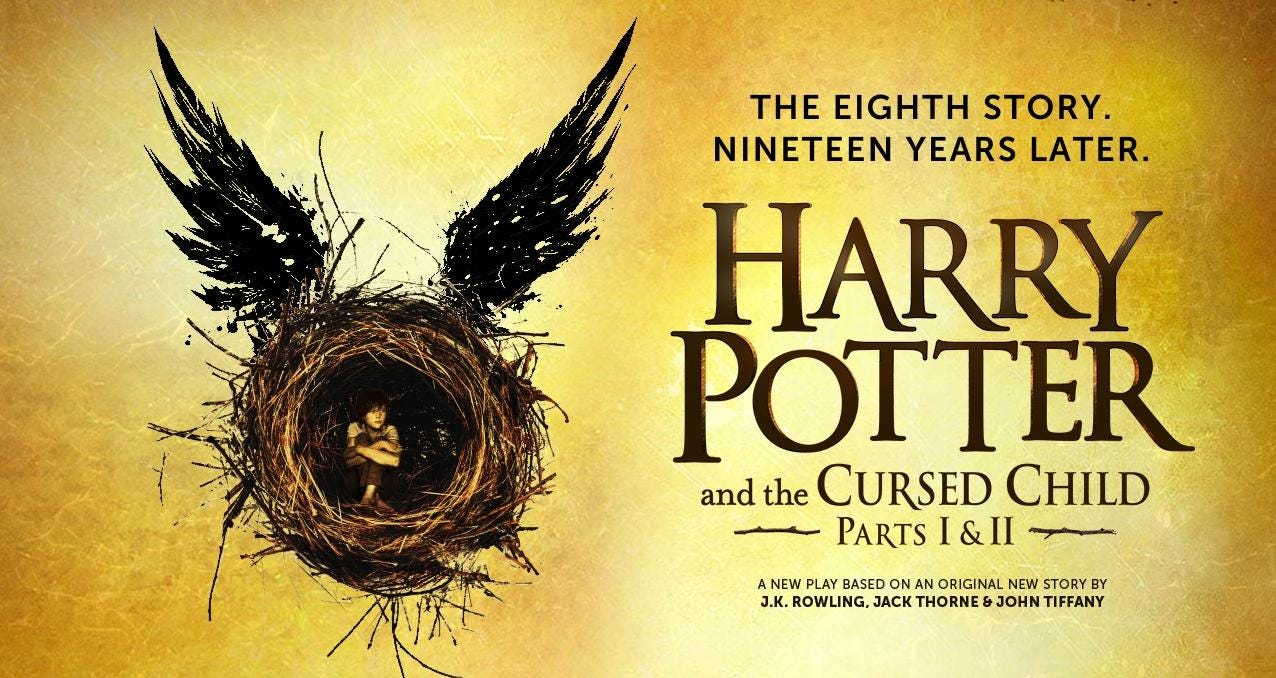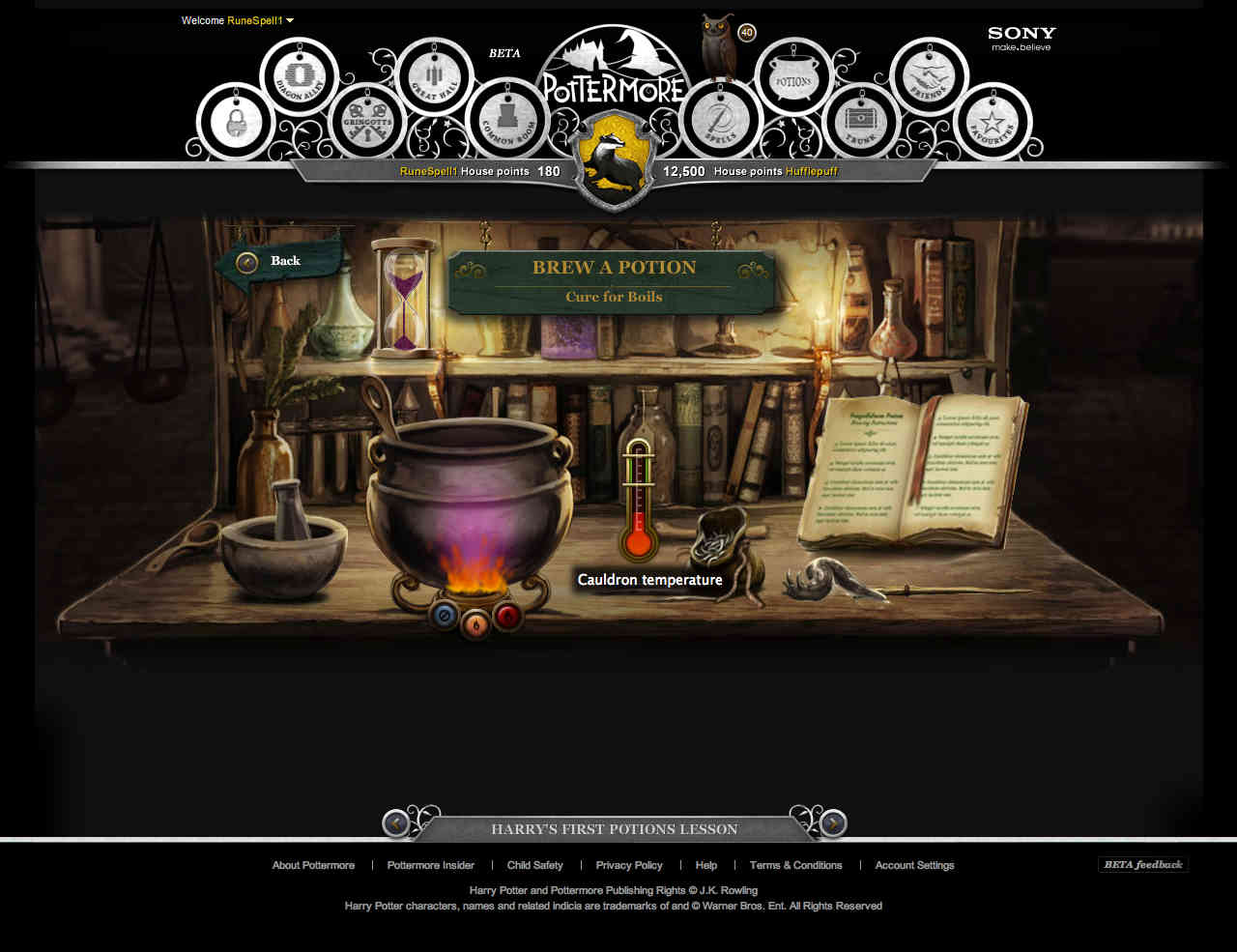With technology constantly changing
and evolving, so are the ways in which people devour culture. Previously,
multimedia was the only way to really appreciate and absorb a story. Multimedia
is a term used to explain one story told over multiple mediums. However, with
multimedia, the story didn’t change when the medium changed, the only true
change was the way in which the story was told. Transmedia, as described by
Jenkins, is a story that “unfolds across
multiple media platforms, wich each new text making a distinctive and valuable
contribution to the whole” (Jenkins, 97). By name alone, transmedia transform a
story, it adds something to it and should never feel like a rehash of something
already experienced. If anything, transmedia storytelling should work as a
companion of sorts.
Using franchise films as an
example, The Hunger Games series and its expansion would be the perfect example
of multimedia. Though the series started with the books, they were adapted for
the screen. However, with that adaptation, the same story was told and nothing
was fleshed out beyond what was already given in the book. Though, in an
attempt to capitalize on what will be their most successful franchise,
Lionsgate is currently looking into other ways they can expand The Hunger Games
universe, including theme park experiences. Whether or not the expansion
includes transmedia storytelling remains to be seen.
 |
| Harry Potter & The Cursed Child Poster (Independent) |
To compare, the Harry Potter series
is an example of transmedia storytelling, although it started as simply
multimedia. After the success of JK Rowling’s books, Warner Bros. optioned the
rights for the film adaptations. Though the films were just a version of
multimedia, Rowling went on to release more books that took place within the
world of the books and told new stories along with giving further information
about the characters. One of those books, Fantastic Beasts and Where to Find
Them is even getting its own film adaptation, hopefully expanding the
Potter-verse even more.
Beyond the books, Rowling manages
to keep her story going by sharing information regarding key characters on her
own Twitter page. Every so often, Rowling drops tidbits that only serve to
enhance one’s reading of the story or viewing of the films. More recently, she
announced a Harry Potter play set to open in London next year. The play, titled
“Harry Potter and the Cursed Child,” will focus on Potter’s early years, once
again adding to the overall experience while expanding the Potter universe to a
time before readers even met the boy wizard.
 |
| Pottermore Page (Wikia) |
Perhaps, the largest example of
transmedia in the Potter-verse is the creation of Pottermore. The website,
which launched in 2011, was the first time that the Harry Potter brand went
from a mostly multimedia focused one to a transmedia brand. While the site was
also created with the idea of selling Potter e-books for the first time,
through user participation where people are encouraged to play as though they
are part of the world, it also expands the canon that already exists and
ultimately enhances the viewing of the films or readings of the books rather
than feeling as though one is already playing through something they’ve
experienced once or twice before.
Where Rowling and those involved
with Harry Potter and its expansion get it right is in their ability to make
everything feel like an immersive experience. Not only do they expand their
universe through virtual formats, but they go as far as adding things to theme
park rides and studio tours for the films. Every new addition to the Harry
Potter brand results in a new addition to the canon, and for fans, that’s
something that can last long after the books have been written and the movies
have been seen.
Transmedia is slowly becoming the
new normal, especially in regards to films and how they are marketed to an
audience. With franchises taking over the box office, it seems as though there’s
an urge to take these films home with them and let the experience stick with
them after an initial viewing. For the studios, there’s more of an incentive to
create experiences like this for fans, since they receive money from things
that are successful and can use the various points of entry to boost the
popularity for their main focus, the films themselves. If nothing else, it’s
something to hold the people over until the next sequel comes along.
Works Cited
Jenkins, Henry. Convergence Culture:
Where Old and New Media Collide. New York: New York UP, 2006. Print.
Humphrey, Michael. "Pottermore: Expert Explains How
Harry Potter's Website Will Transform Storytelling." Forbes. July 29,
2011. Accessed November 17, 2015.
http://www.forbes.com/sites/michaelhumphrey/2011/07/29/pottermore-expert-explains-how-harry-potters-website-will-transform-storytelling/2/.
No comments:
Post a Comment